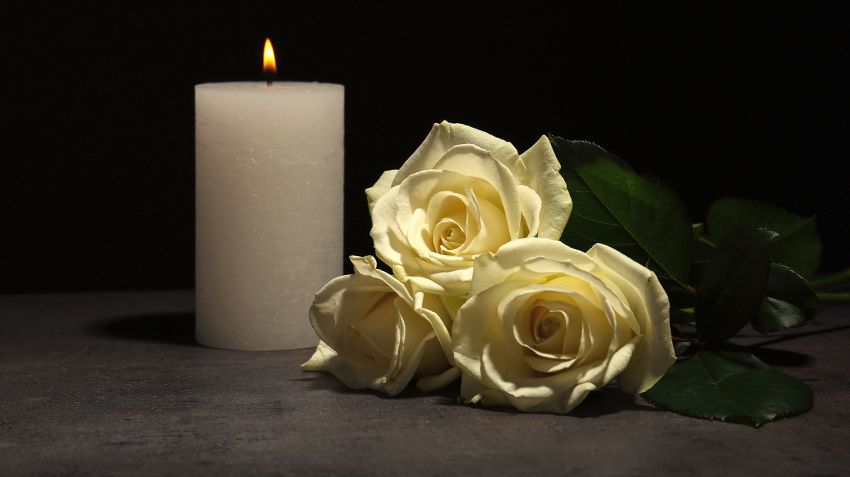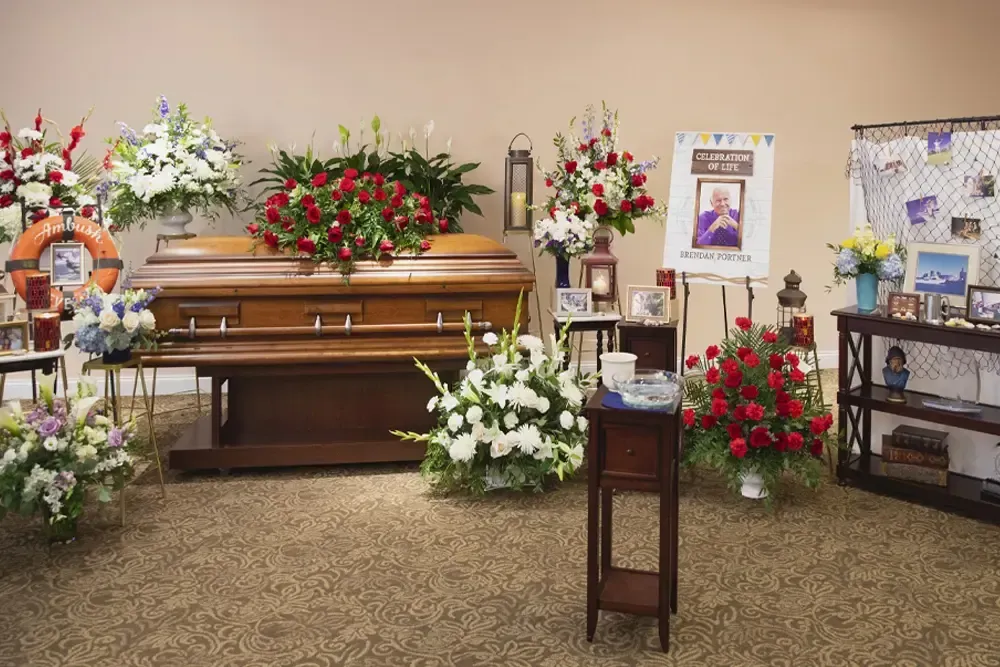June 14, 2025
This We'll Defend

Happy 250th Birthday, U.S. Army – Honoring 250 Years of Service and Sacrifice
Introduction:
On June 14, 2025, we celebrate a historic milestone—the 250th birthday of the United States Army. Established in 1775 by the Second Continental Congress, the Continental Army became the foundation of America's national defense, even before the Declaration of Independence. For two and a half centuries, the Army has stood as a symbol of courage, resilience, and commitment to the nation.
A Legacy of Service:
The Army’s story is deeply interwoven with the history of the United States. From the Revolutionary War and the defense of American soil in 1812, to its pivotal roles in the Civil War, World Wars, and beyond, the Army has led efforts to protect freedom and uphold national security. In every era, it has evolved to meet new challenges, both at home and abroad.
Building a Modern Force:
The Army began with ten companies of riflemen and quickly expanded to include vital branches such as the Infantry, Engineers, Quartermaster, Adjutant General’s Corps, and Finance Corps—all established in June 1775. These branches laid the groundwork for today’s highly structured and specialized military force.
Soldiers at the Heart:
Behind the Army’s strength are the Soldiers—past and present—who have selflessly served. Their courage, teamwork, and dedication reflect the Army’s core values. Whether on the front lines or supporting missions worldwide, their contributions remain the foundation of the Army’s enduring success.
A National Celebration:
The 250th anniversary is an opportunity to honor the Army’s rich history and the people who have shaped it. Commemorative events, including a parade and festival on the National Mall, will take place across the country, offering a chance to reflect, celebrate, and express gratitude.
"This We'll Defend":
The Army’s motto captures its ongoing mission to protect and serve. From pioneering technologies to advancing medicine and transportation, the Army has played a critical role in shaping the world we live in today.
Conclusion:
As we mark this remarkable 250-year journey, we thank the Soldiers, families, and civilians who have built and sustained the U.S. Army. Their service has defined our past—and will continue to secure our future.
Call to Action:
Celebrate the U.S. Army’s 250th birthday! Share your appreciation for Soldiers in the comments and learn more about the Army’s legacy and future at
www.army.mil.
Our Blogs











